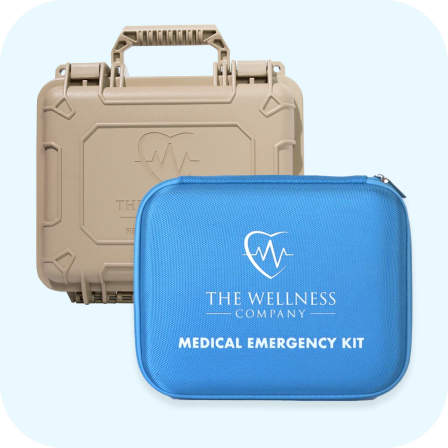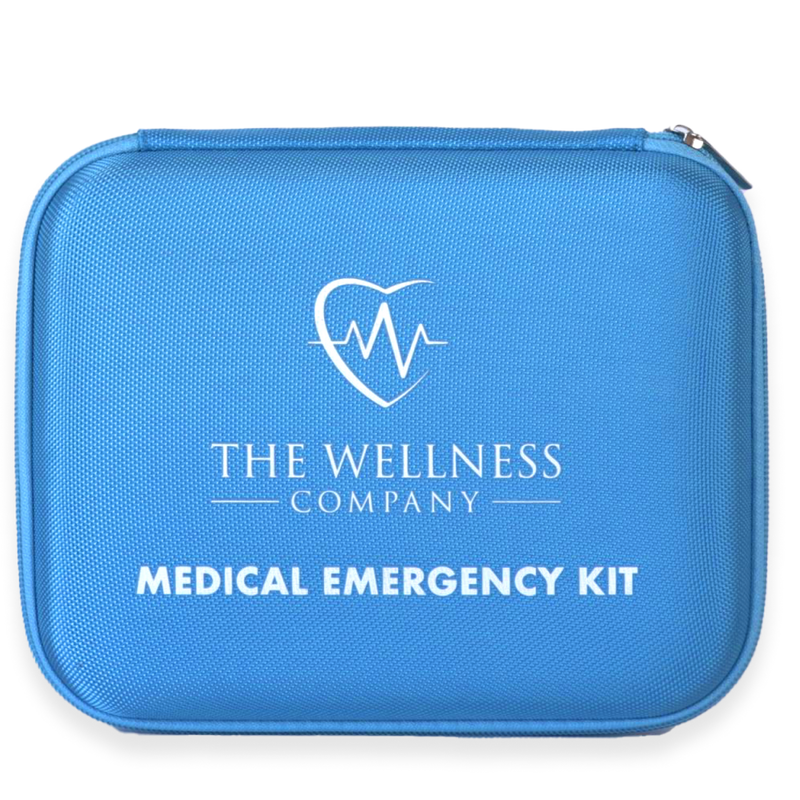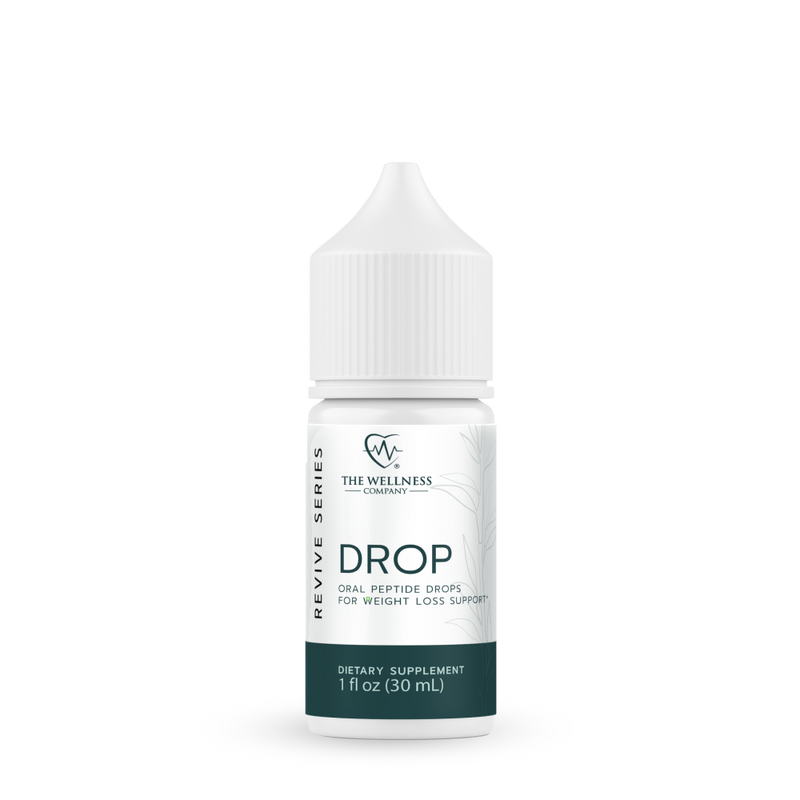Planning a Trip to South America? Be Sure to Pack This

Travelers’ diarrhea can strike anytime- Remember your Travel Emergency Kit
There is so much to see and do in South America.
- From beautiful beaches and mountainside villages to world-class cuisine, South America is one of the most gorgeous and attractive continents in the world.
- Sip a cup of Columbian coffee in Jardin.
- Argentina is one of the more affordable places to visit. Check out the first solar train in S. America, the Solar Train of the Quebrada
- Chili is home to some of the most stunning geography in South America. It also boasts the darkest skies, which attracts star-gazing enthusiasts.
- Lush Amazon rainforests and white sand beaches await you in Brazil. Be sure to visit Iguazú Falls (also located in Argentina), one of the world’s largest waterfalls.
If you are on a budget, South America is one of the more affordable world destinations to visit.
Don’t get caught unprepared.
Travel requires a lot of planning and preparation. The last thing you want is to have your adventure cut short by a minor medical ailment or injury.
Don’t let traveler’s diarrhea interrupt your plans
Spending your time in the bathroom in a strange country isn’t the way you planned your vacation to go. Estimates range from 30%–70% of travelers during a 2-week period, will experience traveler’s diarrhea (TD)depending on the destination and season of travel.
Travelers’ diarrhea (TD) can hit anywhere from a few hours to weeks after exposure. Food poisoning symptoms usually occur within hours after consuming spoiled food. Bacterial or viral exposure can take up to 3 days to show symptoms, and infection from protozoal sources (such as giardia) can take several weeks for symptoms to show up. In other words, TD can hit almost any time, either during or even after your vacation. Having medications with you will allow you to continue your travels and enjoy your trip without interruption. It also prevents you from having to visit a clinic in a strange country, saving you time and money.
Arm yourself with our Travel Emergency Kit which contains prescription antibiotics and anti-nausea medication, along with a proven antidiarrheal medication that will keep you on the road and out of the bathroom.
While travel delays, lost luggage, and missed flights cannot be avoided, careful planning will enable you to get the most out of your trip.
One to two months before travel
- Order your Travel Emergency Kit
- Check with your care provider about what vaccinations are required for each country. Vaccine schedules can vary. Some are given once, while others may need a series of shots to be fully vaccinated and can take several weeks or months to complete.
- The International Travel and Health Requirements and Recommendations pdf has a list of required and recommended vaccinations and prophylactic vaccines listed by country. You can download and print the PDF here.
- In addition, the Travelers Health Yellow Book (on the CDC website) contains health information on international travel. It is geared to healthcare professionals; however, it can be a valuable reference for any worldwide traveler.
Yellow fever is widespread in South America.
Many countries require the yellow fever vaccination, which will require a visit to a Yellow Fever Vaccination Clinic. Along with the Yellow Fever vaccination clinic, locate a traveler’s clinic near you through the website International Society of Travel Medicine.

- Hepatitis A and B both are given in a series over months. Consult with the travel clinic and your care provider about being vaccinated against both if you aren’t already.
- The polio vaccination is given as a combination of diphtheria, tetanus, and polio, and should be given at least 2 weeks beforehand.
- Measles has made a comeback on the world stage. It is recommended that travelers be up to date on their measles vaccination.
- Typhoid vaccination should be given at least 2 weeks before travel.
- Check the CDC webpage often for Travel Health Notices, where the CDC rates outbreaks by 4 levels. Those levels are:
- Level 1, “Practice Usual Precautions”
- Level 2, “Practice Enhanced Precautions”,
- Level 3” Reconsider Nonessential Travel” and
- Level 4, “Avoid All Travel.
- Latin America is currently under Level 1, “Practice Usual Precautions”, which includes widespread Dengue.
Know what medications you can bring and how to pack them
- Check with your destination embassy and embassies of countries where you have layovers to make sure your medications are permitted. You may need to carry a prescription or medical certificate from your healthcare provider.
- If your medication isn’t allowed at your destination, discuss alternatives with your healthcare provider.
In addition, check with the International Narcotics Control Board website. This website provides information about controlled substances when traveling abroad.
- Also, pack more prescription medications and supplements than your trip requires. Travel can be delayed, and you don’t want to run out of your medications while in a strange country.
- Order your Travel Emergency Kit. This kit contains over 15 Safe and Effective Emergency prescriptions and over-the-counter medications and medical supplies ensuring protection against any minor medical emergency you may encounter on your trip.
Tips to maximize your trip and minimize interruptions.
- Bring a quality water bottle fitted with filter, and alcohol wipes. South America is home to a third of the world’s water resources. They have the highest water endowment per capita with nearly four times the global average. Even so, less than 40% of the region’s water is untreated for human consumption and use, and polluted water makes its way to streams and watersheds, polluting home and business water supplies.
Foodborne illnesses result from food washed in contaminated water. Bring a water bottle fitted with a quality filter. Even then, food poisoning can happen. Arm yourself with the anti-nausea and anti-diarrheal medications found in The Travelers Emergency kit.
- Zika virus has affected some sectors of Latin America. It is a mosquito-borne illness. Luckily, most people infected with Zika won’t get sick. There is no known treatment other than treating the symptoms. Symptoms include fever, rash headache, joint pain conjunctivitis, and muscle aches. Symptoms can last from a few days to weeks.
The CDC has an interactive map. where you can check which countries have or have had past cases of Zika. Other mosquito-borne illnesses that can be found in Latin America include the Chikungunya virus and dengue, both of which have no treatment other than pain relievers.
- Mosquito-proof yourself. Choose accommodations that have air conditioning and/or mosquito nets. Wear long-sleeved clothing when outside to avoid bites and use mosquito spray before venturing into mosquito-infested areas. Mosquito and bug bites, along with itchy contact dermatitis can be soothed with triamcinolone cream, also part of the Travel Emergency Kit.
In addition, The Travelers Emergency Kit also contains contains:
- Prescription medication for urinary tract infections
- Prescription motion sickness patch
- Prescription antibiotics for Shigella a type of Travelers diarrhea, which is one of the major causes of TD throughout the world.
- Prescription antibiotics for bacterial sinusitis
- Prescription antibiotics for cellulitis, a type of skin infection
- Allergy medications for both seasonal and contact allergies
- And a minor emergency first aid kit that includes antiseptic wipes, gauze pads, and adhesive bandages.
All this in an easy-to-reference and complete guidebook, which outlines when and how to take your medication, if needed after consulting with one of our providers (a free virtual follow-up consultation is included)
Written by Brooke Lounsbury






















